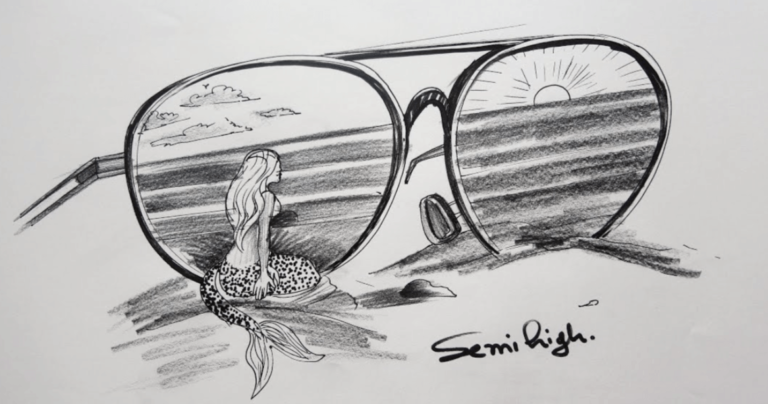Interior design extends beyond aesthetics; it profoundly influences mental health. Various elements, from color schemes to furniture arrangements, shape emotional responses and overall well-being. Consider how a calming blue can soothe the mind or how a clutter-free space can enhance clarity. As these insights reveal, the connection between our surroundings and mental health is intricate and significant. What other aspects of design might hold the key to emotional stability?
The Impact of Color Schemes on Mood
Color schemes serve as the emotional palette of any interior space, subtly shaping the atmosphere and influencing the mood of its inhabitants.
Through color psychology, hues evoke profound emotional responses—soft blues inspire tranquility, while vibrant yellows energize and uplift.
Furniture Arrangement and Its Psychological Effects
Although often overlooked, the arrangement of furniture plays a crucial role in shaping the psychological experience of a space.
Thoughtful furniture flow enhances spatial awareness, inviting individuals to move freely and comfortably. Strategic placements can foster connection and relaxation, while cluttered layouts may induce anxiety.
Creating harmonious arrangements promotes a sense of balance, allowing inhabitants to embrace their environment and experience true mental liberation.
The Importance of Natural Light and Greenery
Natural light and greenery are vital elements that significantly influence mental well-being within interior spaces.
By incorporating natural elements through biophilic design, environments can evoke a sense of peace and connection to nature.
Sunlight floods rooms, enhancing mood and energy levels, while plants purify air and inspire tranquility.
Together, these features create sanctuaries that promote emotional freedom and psychological resilience.
Creating Personal Spaces for Emotional Well-Being
When individuals find a corner of their home that reflects their personality and fosters comfort, they often experience a profound sense of emotional well-being.
This personal sanctuary becomes an emotional refuge, where cherished items and calming colors intertwine, creating a nurturing atmosphere.
The thoughtful arrangement of space allows for freedom of expression, inviting tranquility and rejuvenation into daily life, essential for mental health.
Conclusion
In conclusion, the interplay of interior design and mental health is as intricate as a painter’s brushstroke on a canvas. Thoughtful color choices, strategic furniture arrangements, and the infusion of natural elements craft environments that nurture emotional well-being. By embracing personalized spaces that resonate with individuality, one can cultivate a sanctuary of peace and stability. Ultimately, understanding these design elements is not merely about aesthetics; it is a profound journey towards enhancing mental health and fostering a fulfilling life.







